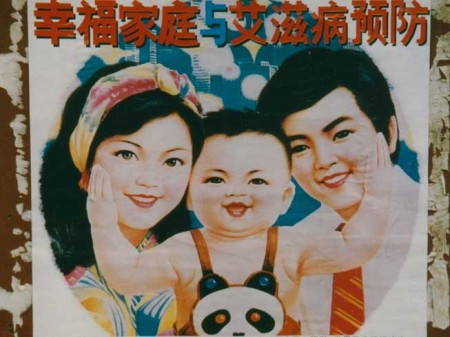
In an attempt to mitigate a near-certain demographic future of rapid aging, shrinking labor force and critical gender imbalance, the Chinese government has adjusted its one-child policy. The decision demonstrates that, irrespective of a nation’s politico-economic system, governments cannot avoid demography’s juggernaut consequences. This mid-course correction in population policy will have marginal effect as China is aging at a much faster pace than occurred in other countries. This, along with a shrinking workforce and critical gender imbalance, will increasingly tax the government.
The new policy, set at the provincial level, will permit couples to have two children if either the husband or wife is an only child. Under the previous policy, two children were allowed for ethnic minorities, rural families whose firstborn is a daughter, and couples with both spouses as only children.
China instituted its one-child policy in the late 1970s because it feared that its rapidly growing population placed an untenable burden on economic growth and improving standards of living. At the start of the 1970s, China’s fertility rate was above five children per couple and its population was growing at more than 2 percent per year, adding more than 20 million Chinese annually. If the demographic growth of the 1970s had persisted, China would perhaps have added 400 million people more to its current population of 1.39 billion.
